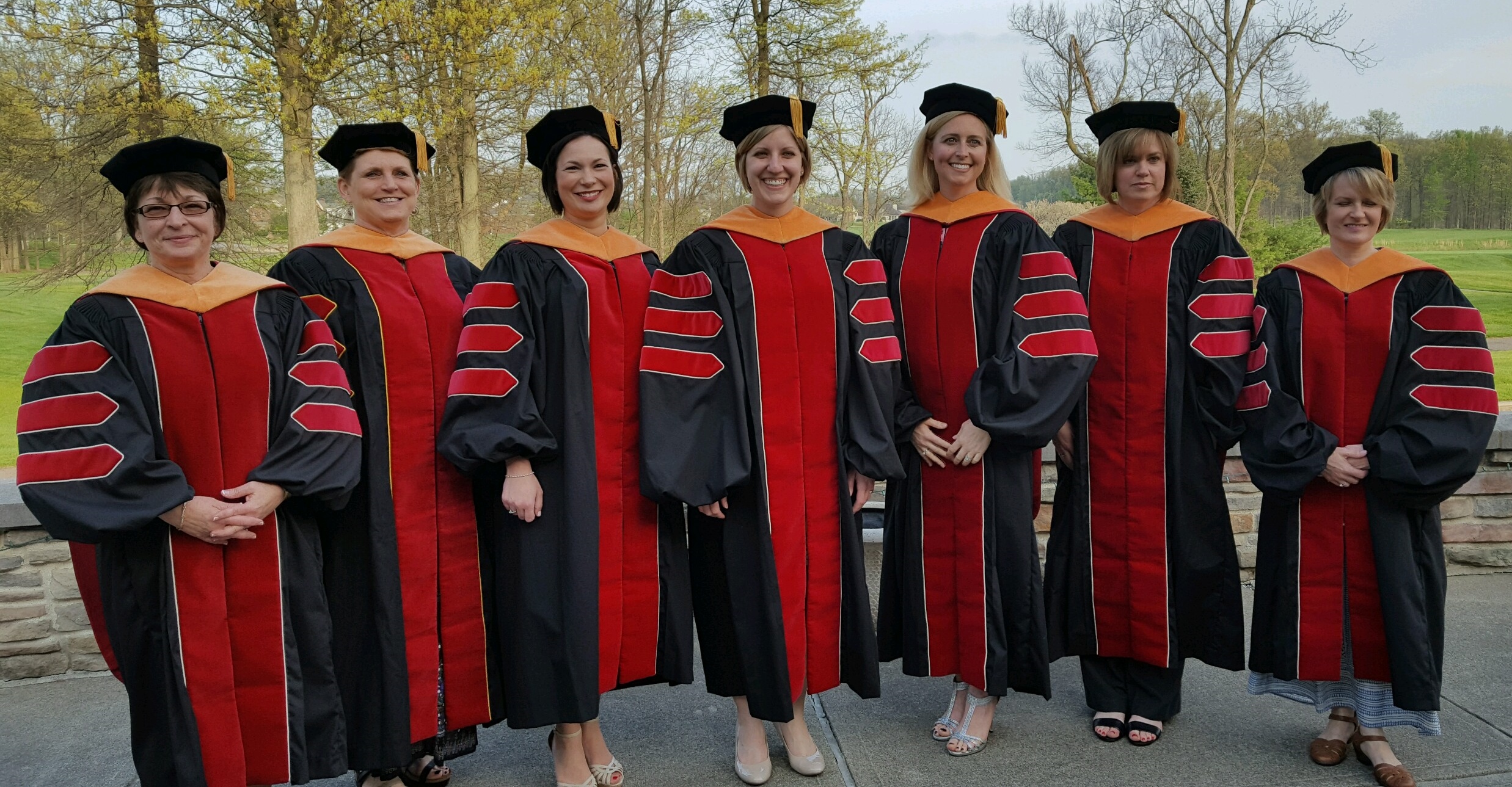ORCID
0009000444534431
Date of Award
Spring 4-30-2023
Document Type
Thesis
Degree Name
Doctor of Nursing Practice (DNP)
Department
Nursing
Advisor
Dr. John Chovan, PhD, DNP
First Committee Member
Dr. Joy Shoemaker, DNP
Second Committee Member
Dr. Chai Sribanditmongkol
Keywords
Communication, Nursing, Intellectual and Developmental Disabilities, Assessment Tool
Subject Categories
Medicine and Health Sciences | Psychiatric and Mental Health Nursing
Abstract
Abstract/Executive Summary
Problem Statement: Communication is an essential part of every nurse-patient interaction. During the best of times the patient and nurse can clearly understand each other and engage in successful interaction with positive patient outcomes. Individuals with intellectual and developmental disabilities (IDD) often use nontraditional ways of communicating that can complicate the ideal nurse-patient interaction. When a patient presents with a different method of communicating, the nurse must possess tools available to facilitate a successful interaction. Identifying such a tool or if one cannot be found building a sample tool is vital for positive patient outcomes for individuals with communication barriers.
Purpose: The purpose of the project is to find a tool for emergency department (ED) nurses to use with patients who communicate differently.
Methods: A web-based search for guidelines and a search to identify experts in communication to consult were conducted to find a nursing guideline. Other fields of study were investigated to create recommendations for a potential tool for ED nurses to use in practice. AGREE II was used to assess guidelines and Qualtrics was used to create and disperse the survey.
Inclusion criteria: Participants need to be able to access an online survey, read, comprehend, and respond to survey questions in English.
Analysis: The responses were evaluated for common themes, and descriptive statistics and thematic analysis were used to analyze the data.
Implications for Practice: Identifying or building a communication tool is vital for positive patient outcomes for individuals with communication barriers.
Acknowledgement 1
1
Acknowledgement 2
1
Licensing Permission
Copyright, some rights reserved. Attribution – Noncommercial – No Derivative Works
Recommended Citation
Hunt, Holly, "Communication Assessment Tools for Emergency Department Nurses who Interact with Individuals with Intellectual and Developmental Disabilities" (2023). Doctor of Nursing Practice Scholarly Projects. 83.
https://digitalcommons.otterbein.edu/stu_doc/83
Poster

